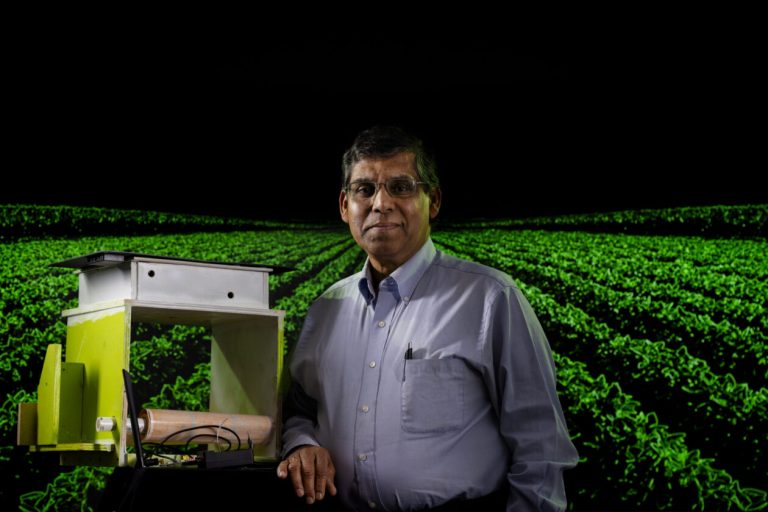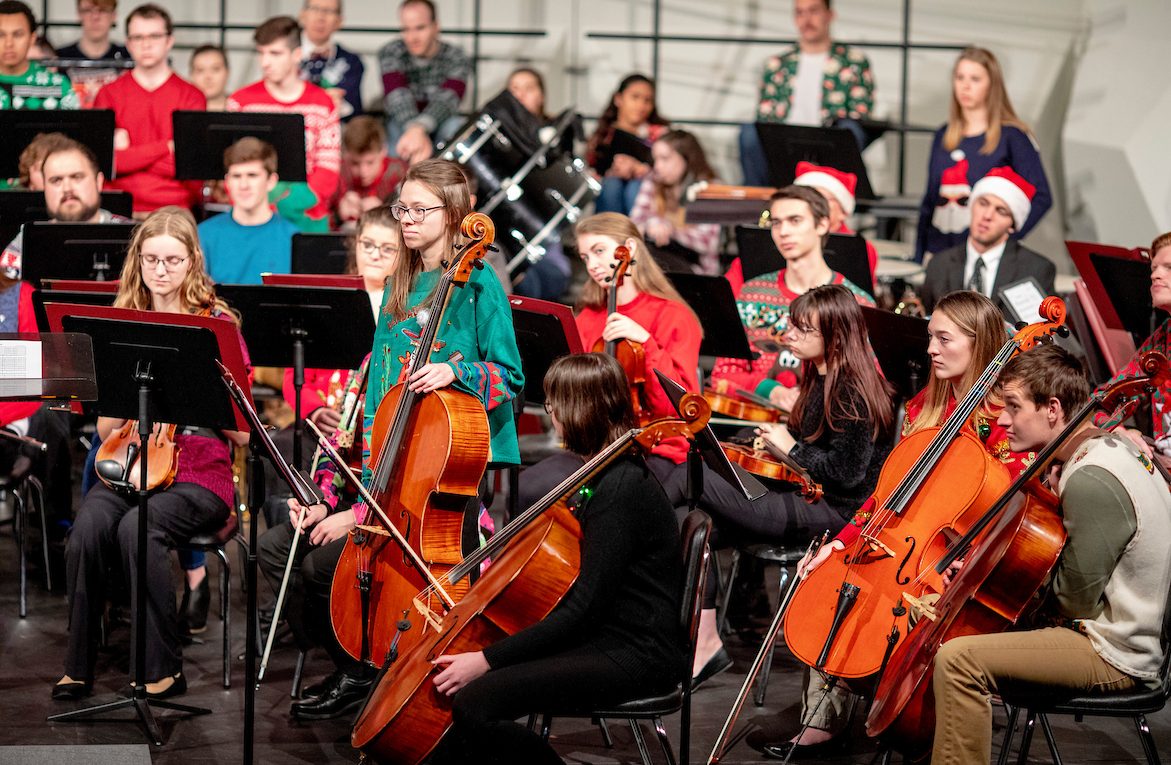When many computer scientists say they are researching methods to stop bugs, they are likely referring to computer glitches and other issues. When Dr. Sajal Das from Missouri S&T says this, he is talking about the crawly and flying creatures afflicting agriculture operations.
Das, a Curators’ Distinguished Professor of computer science at Missouri S&T, was recently awarded a $1 million grant from the National Science Foundation (NSF) to develop an automated pest management system for rural farms.
“Insects like beetles and aphids can damage massive amounts of crops when their presence is not quickly detected and mitigated, but keeping up with this can be expensive and draining for farmers,” says Das, who is also S&T’s Daniel St. Clair Endowed Chair of computer science. “This is an issue we can help solve with technology and potentially save a large portion of a crop’s yield that may otherwise not make it to market.”
Das says his research team has been working on agriculture-related issues over the past five years and received a $1.5 million multi-institution collaborative grant from NSF in 2022. With that federal support, his team developed prototypes and plans for the pest management system, which will include sticky traps for insects that have sensors, internet-connected devices and cameras to detect pests and alert farmers.
Information collected by multiple sensors positioned around farms will be received and transmitted through a low-power, long-range radio frequency-based communication system that uses drones to deliver the information over long distances. This will remove the need for high-speed wireless internet, which is often not available in rural farming areas.
The farms will have an edge computing device, which means data will be processed locally and use machine learning to provide real-time insights and alerts to farmers. The collected information will also be stored in a cloud server to help continually build the strongest dataset possible for future machine learning and high-accuracy predictions.
“We anticipate this will significantly optimize the localized use of pesticides by precision farming since farmers will be able to have more targeted, real-time interventions instead of blanket applications of the chemicals,” Das says.
Dr. Vishesh Tanwar, a postdoctoral fellow on Das’s research team and co-principal investigator, says the technology’s applications will extend beyond insect mitigation and could eventually apply to a variety of agricultural operations.
“Our work could be vital for combating the plagues of insects that corn, soybean and other premium and row crop farmers face, but its benefit will not stop there,” he says. “This system will also track issues like diseases, soil conditions, weeds and weather patterns and how they affect crops, especially the yield and quality. We could apply what we are developing to virtually any crop — even the grapes grown in vineyards not far from Missouri S&T that produce nationally recognized products.”
Tanwar says the research team’s current grant is for three years, and he envisions the technology will be deployed on a larger scale to more and more farms as the project progresses.
“This project has already come a long way since its inception a few years ago, and our team can’t wait to see where it will go in the future to mitigate global food insecurity,” he says.
Other co-principal investigators for the project include Dr. Ian Kaplan, a professor of entomology at Purdue University, and Dr. Jeffrey Stein, a science lead for Bayer’s Plant Biotech Phenotyping Center. Microsoft is also a partner and will provide digital agriculture tools that will be used by the system.
For more information about Missouri S&T’s computer science programs, visit cs.mst.edu.







